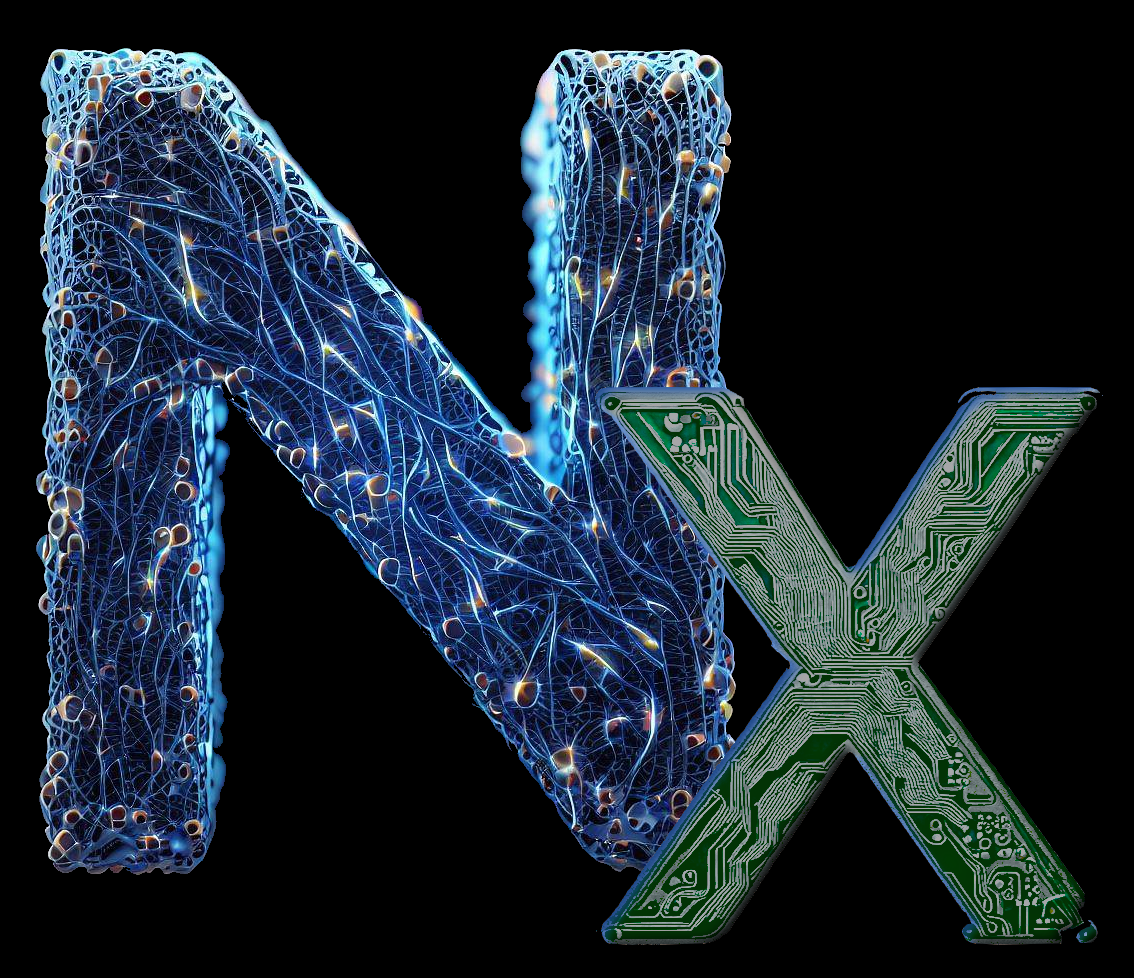

All those folks in the 50+ age group that grew up with “Russia is enemy #1” are probably cycling through waves of intense work and prolonged orgasm.
I wouldn’t be surprised if one of the first things considered in strategizing any armed conflict is whether they want Russia and China to know that we have X or are capable of Y. Russia has shown their hand. If they could do more, they would have by now.
It has also taught NATO that Russia is still in the barbaric tactics mindset. Hospitals, schools, churches, shipping centers - they’re all valid targets. If Russia wants a position, they’ll level the entire town. That certainly changes the plans, of anyone thought they would abode by the Geneva Conventions.












Goddamn that was poetic, ya cunt.